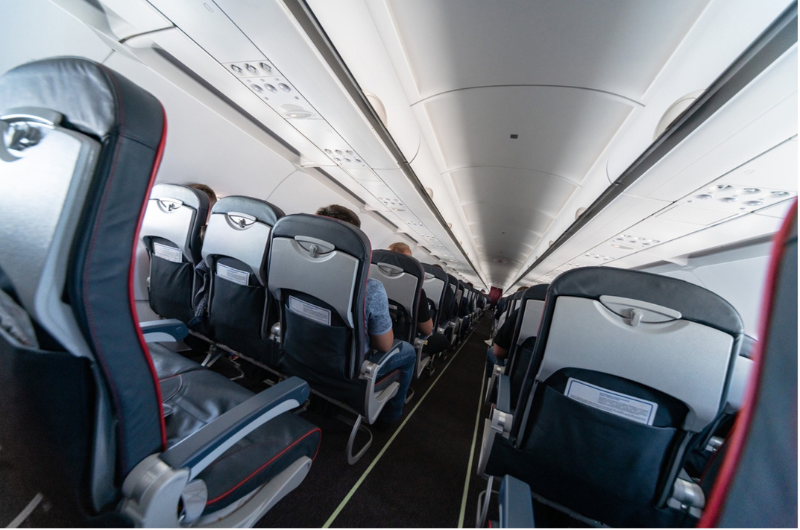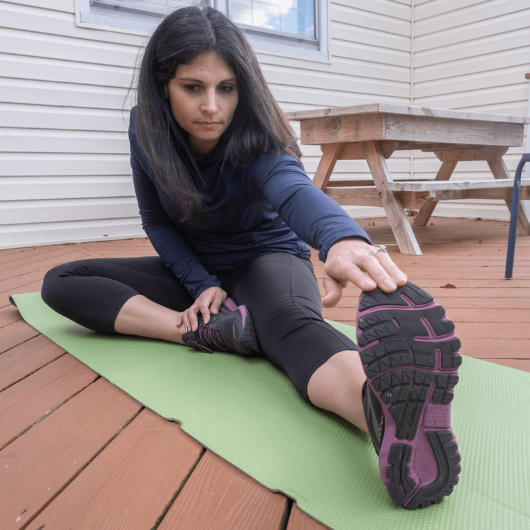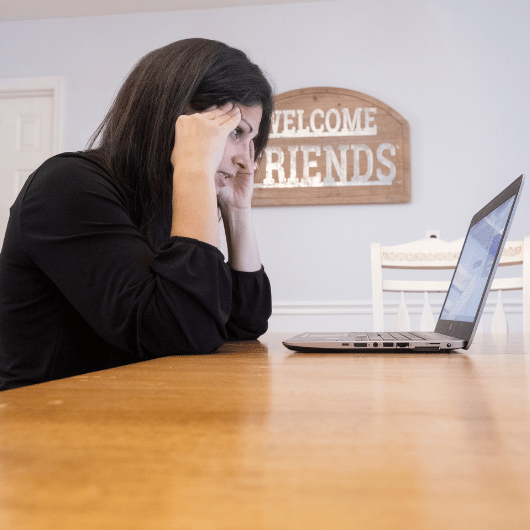7 Expert Tips to Manage Air Travel Anxiety

June 17, 2025
When news of a plane crash or near miss dominates headlines, it can trigger renewed anxiety for those with a fear of flying, a condition known as aerophobia or aviophobia.
Some 25 million people in the U.S., and about 40 percent of those living in industrialized nations, have aerophobia.
When tragedies – or events that could have been tragic – grab the headlines, that fear is triggered. This brings to mind the worst-case scenario that many who experience aerophobia may push aside or dial down at other times.
“For people with aerophobia, news about aviation accidents can intensify their worries and reinforce a sense of vulnerability,” says Gary Small, M.D., chair of psychiatry at Hackensack University Medical Center. “Even though flying remains one of the safest ways to travel, those with this phobia often fixate on worst-case scenarios and struggle with feeling out of control.”
While incidents are rare, they can set back progress for people who have been managing their fears, especially when media coverage is extensive and graphic.
"When a crash makes headlines, it can feel like proof that their fear is justified, even if the event is incredibly rare,” adds Dr. Small.
Aviation experts note that flying continues to be among the safest modes of transportation and has been steadily improving. Massachusetts Institute of Technology researchers found that between 2018 and 2022, only one person died for every 13.7 million people who got on a plane.
"When a crash dominates the news, it can intensify those fears and even cause setbacks in progress for those working to overcome them,” Dr. Small says. “I encourage people to take breaks from media coverage, focus on what’s within their control, and use grounding techniques. Therapy – especially cognitive behavioral therapy – can help reframe fearful thoughts, and in some cases, medication can offer additional support during high-anxiety moments."
How to Manage Air Travel Anxiety
To cope with the fear of flying, Dr. Small suggests:
Reframe your thinking
Gently remind yourself of the facts – flying is actually very safe. Instead of thinking about your fear, try to focus on something positive. Think about the fun activities you’ll do when you arrive at your destination. Also, avoid “doomscrolling” or reading news about crashes – that will just make you more worried.
Relaxation techniques
Deep breathing is a highly efficient tool to manage fear and anxiety. Deep breathing slows down our body's stress response system and evokes a sense of peace and calm. Practice deep breathing along with saying a soothing word, such as "calm" or "peace" to yourself during the flight.
Cope ahead
Mentally visualize yourself on the airplane ahead of time. Picture yourself feeling comfortable and relaxed. The more detailed the image, the better. Picture what you will be doing as you feel relaxed, perhaps reading a book or drifting off to sleep. Imagine the feelings of the airplane landing and you exiting the plane.
Distraction
Distraction is a great tool to use when our minds are producing a lot of worrisome, unhelpful thoughts. When the mind is stuck in the worry loop, it is best to break the cycle by focusing on anything other than the anxiety-provoking thought. This can include mental exercises such as counting backwards in your head, doing crossword puzzles or counting items around you.
Support
Rely on a trusted travel companion to come with you on the flight. Being honest about your fears and sharing what you think may be helpful for you if you start to feel afraid.
Gradual exposure
Begin with shorter, manageable flights or engage in a simulated airplane flight experience, which will gradually expose yourself to the experience of flying, desensitizing your fear response over time.
Seek professional help
To overcome your anxiety and fears associated with flying, consider getting help from a therapist trained in evidence-based treatments, such as cognitive behavioral therapy or exposure therapy.
Fear of flying can feel isolating, but it’s far more common – and manageable – than many people realize. When high-profile crashes make headlines, it’s natural for anxiety to resurface. But it’s also an opportunity to pause, reflect and take intentional steps toward regaining a sense of calm and control.
You don’t have to white-knuckle your way through aerophobia. With the right tools and support, you can change how you respond to it and start to feel more empowered every time you travel.
Next Steps & Resources
- Meet our experts: Gary Small, M.D.
- To make an appointment with a doctor near you, call 800-822-8905 or visit our website.
- Learn more about our behavioral health services.
The material provided through HealthU is intended to be used as general information only and should not replace the advice of your physician. Always consult your physician for individual care.







